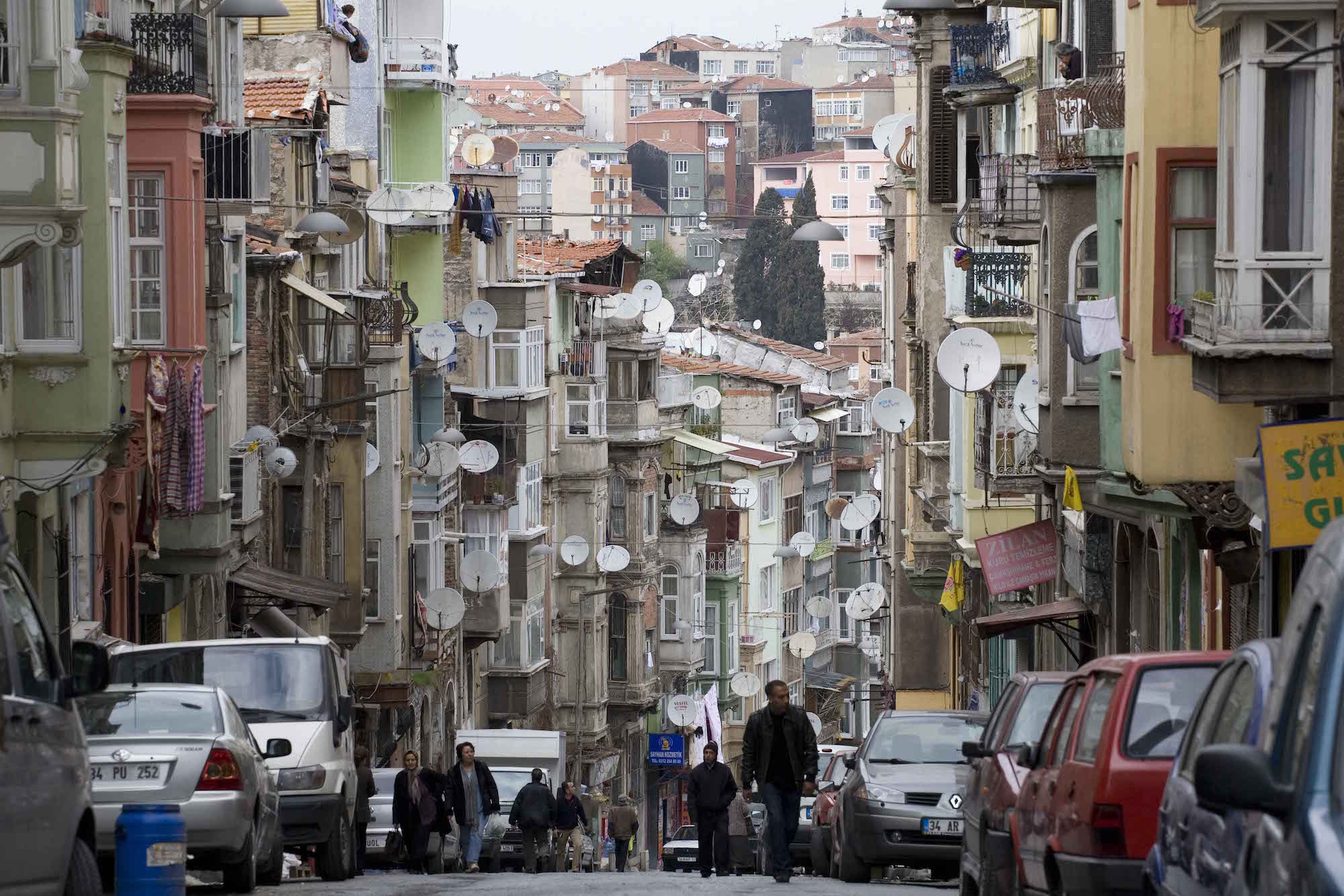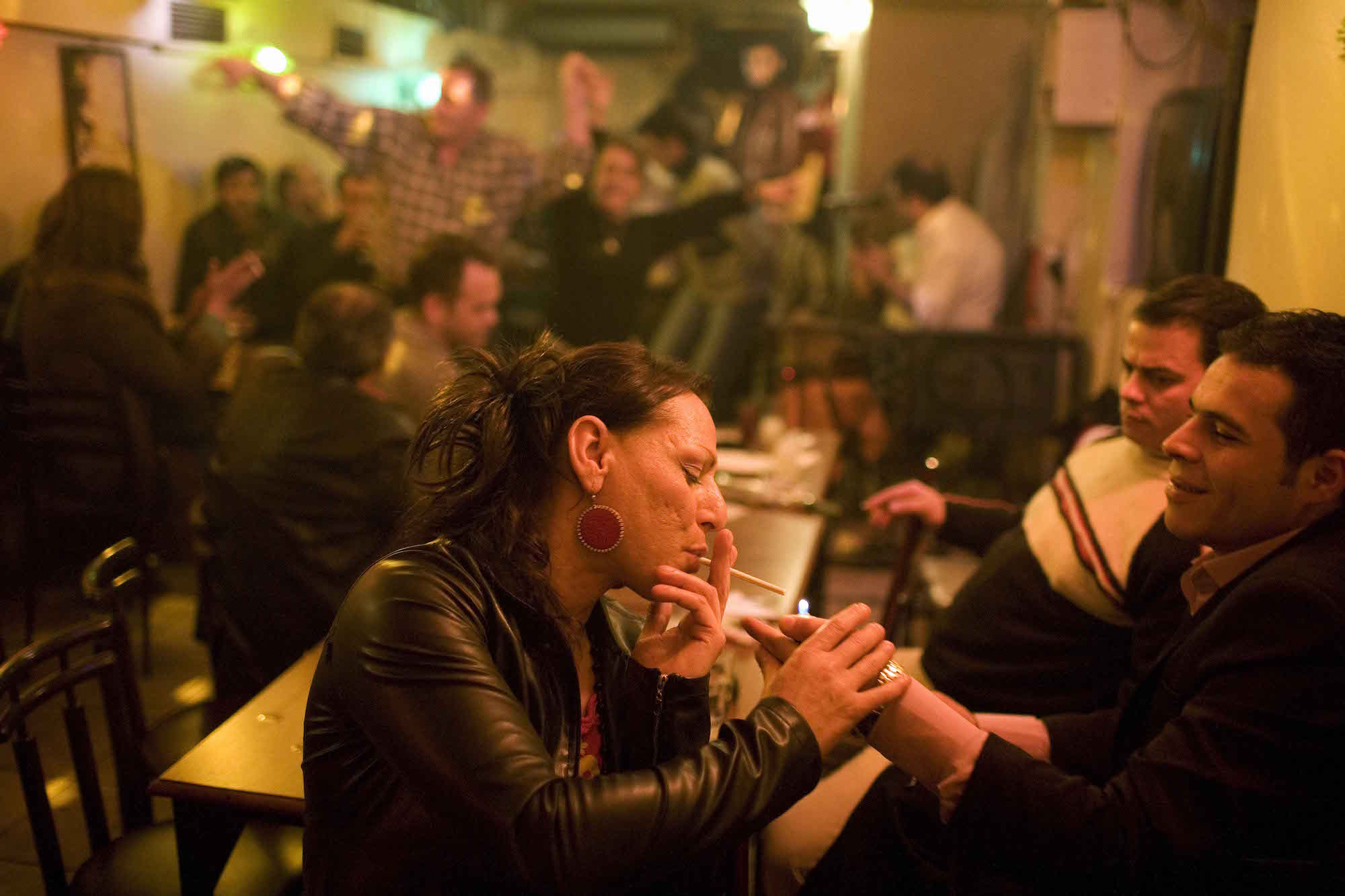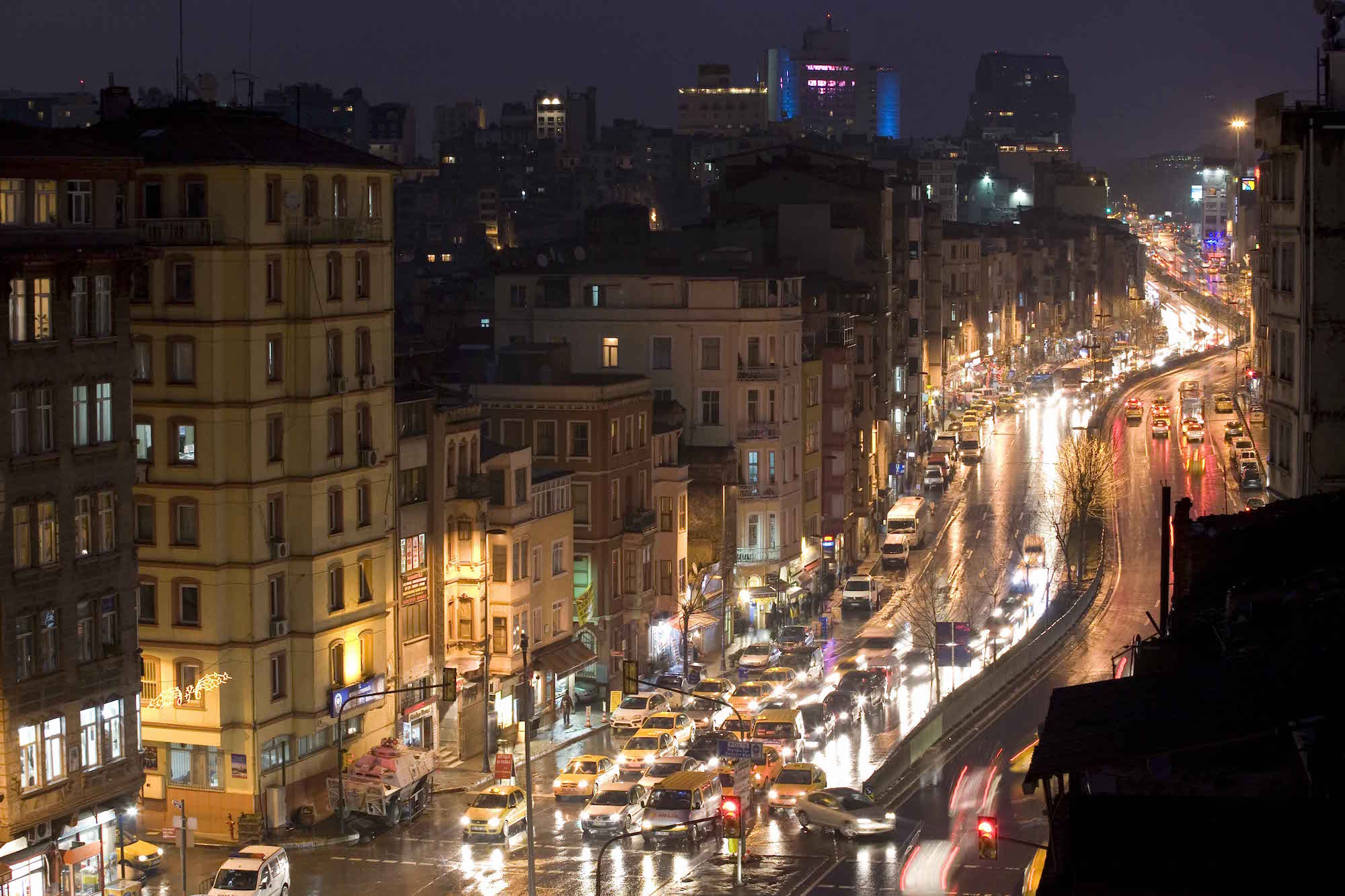Tarlabaşı
So close yet so far away
Built between 1986 and 1988, the 8 lane Tarlabaşı Boulevard is like a Berlin wall within central Istanbul, separating the good and the bad, the beauty and the beast. Uphill, on the eastern Side, is Taksim, the trendy and sleepless cultural heart of the city. Downhill, on the western side, is the Tarlabaşı neighbourhood, Istanbul’s infamous ghetto associated with crime, drugs, prostitution and extreme poverty.
From the late 19th century Tarlabaşı was a middle class area for Armenian and Greek merchants and craftsmen. Then, in the 1950s, most non-Muslims were compelled to leave Istanbul. Today, Tarlabaşı is home to many of Turkey’s marginalized communities: Kurds from Eastern Anatolia, Roma, foreign migrants and lately Christian refugees from Iraq.
Living and working conditions are hard in Tarlabaşı, and the area’s old elegant buildings are now in a state of decay. The population is victim not only of discrimination, but also of another injustice. Under law 5366, the Istanbul metropolitan municipality decided in 2007 to launch the “Tarlabaşı renewal project”, which has faced strong local opposition. The implementation of this project — a radical gentrification operation serving the interest of real-estate companies — would force the current residents to leave their homes.
Photojournalist Fatih Pinar’s work depicts the real daily life of the neighbourhood and gives voice to the inhabitants of Tarlabaşı, long forgotten by city planners and other Istanbul residents.












4 thoughts on “Tarlabaşı”
Comments are closed.